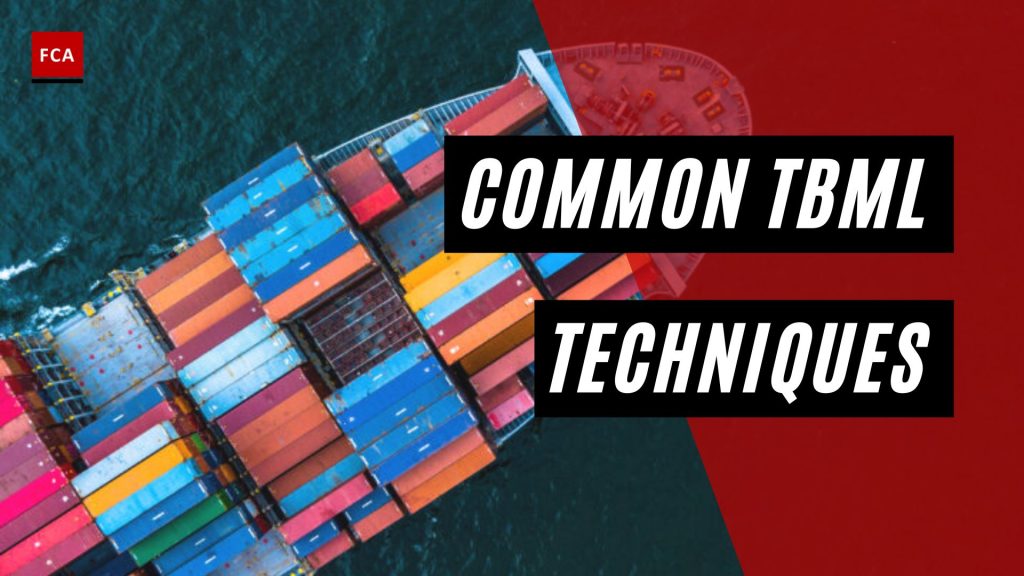Common TBML techniques include over-and-under invoicing of goods, multiple invoicing, falsely described goods, and over-and-under shipments, all of which are tactics often used by criminals to manipulate the value of transactions and mask the movement of illicit funds.
The following techniques are identified in one of the FATF reports, as the foundation of trade-based money laundering (TBML):

Common TBML Techniques
Over- and under-invoicing of goods and services: The key element of this technique is the misrepresentation of the price of the good or service, to transfer value. In this type of arrangement, the critical enabling aspect is that the importer and exporter are complicit in the misrepresentation.
Over and under-shipment of goods and services: It involves the misrepresentation of the number of goods or services, including ‘phantom shipments’ where no product is moved at all. Again, it relies on collusion between the importer and the exporter.
Multiple invoicing of goods and services: This doesn’t require the misrepresentation of the price; rather it centers on the reuse of existing documentation to justify multiple payments for the same shipment of goods or delivery of services. Criminals or terrorist financiers exploit this further by reusing these documents across multiple FIs, making it difficult for one institution to identify it.
Falsely described goods and services: This involves the misrepresentation of the quality or type of a good or service, such as the shipment of a relatively inexpensive good, which is described as a more expensive item, or an entirely different item, to justify value movement.
Third-Party Intermediaries: In third-party arrangements, the criminals, such as money launderers exploit the supply chains by paying for the products through the involvement of an unknown third party in the transaction.
The above trade-based money laundering techniques are listed independently, because the criminals may mix these techniques as one scheme, to further complicate the transaction.
For example, more sophisticated ML networks may use phantom shipping in conjunction with multiple invoices. One shipment may involve the movement of actual goods to create a veneer of legitimacy, or to test customs compliance processes, with subsequent trading may use multiple invoices for phantom shipments, serving as a cover for the transfer of funds.

Final Thoughts
Understanding the complexities of trade-based money laundering (TBML) is crucial in combating financial crimes. The main techniques, such as over-and-under invoicing, multiple invoicing, false descriptions, over-and-under shipments, and the use of third-party intermediaries, exemplify how fraudsters can manipulate the trade system.
These techniques are not usually standalone and can be intertwined to create complex fraudulent schemes. The importance of understanding these methods cannot be overstated; only by identifying these tactics can we begin to fortify our trade systems and deter these illicit activities. As the nature of TBML evolves, so too must our strategies for detection and prevention.








